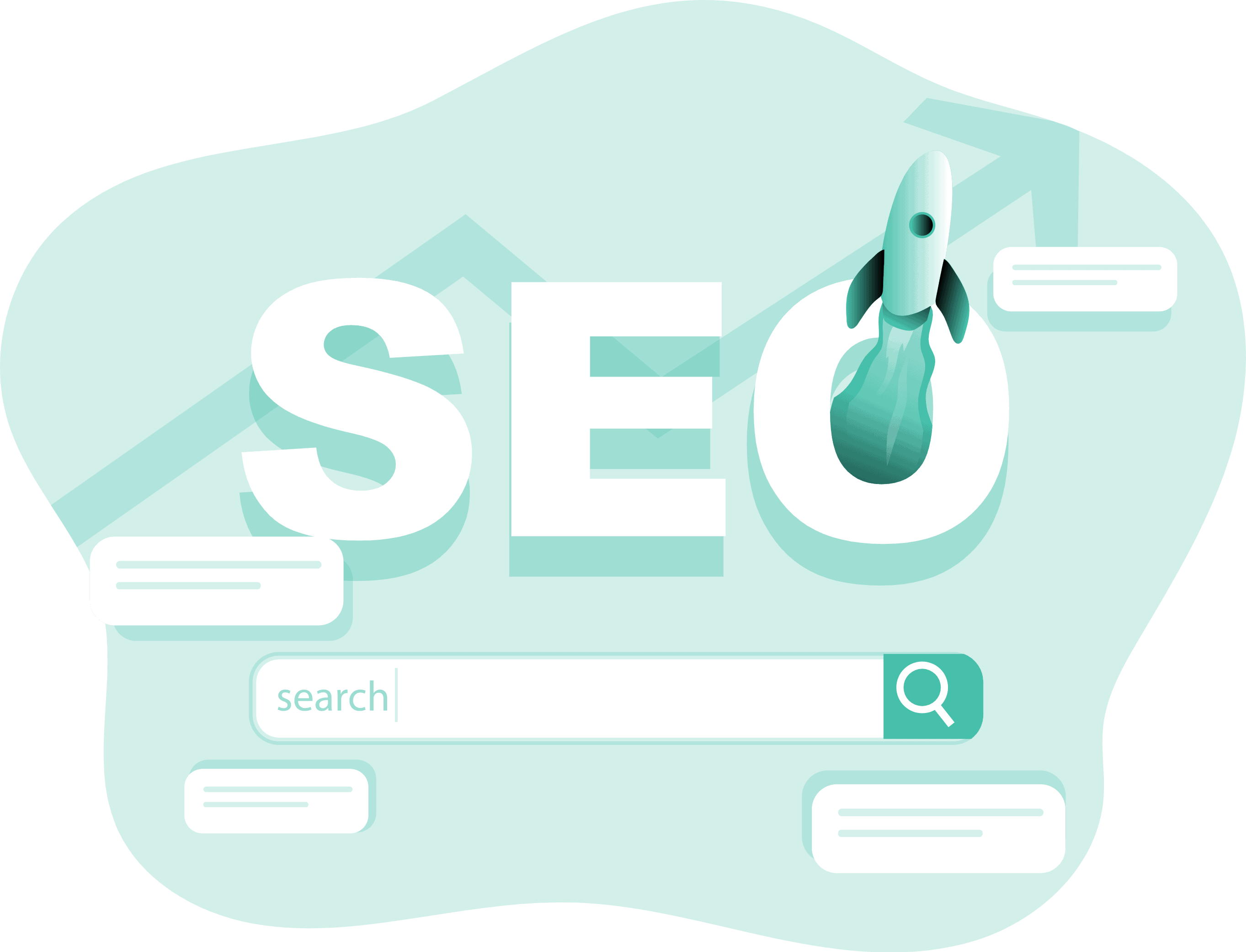20 Oct

How to Rank Highly In Google: Most Important SEO Ranking Factors
Any business that considers web traffic to be an important aspect of its acquisition strategy needs to follow SEO best practices. Like it or not, search engines (and one in particular) are the gatekeepers in the digital world and it pays to play by their rules. As such, we thought it might be helpful to put together a quick overview / list of the most important page elements when it comes to SEO.
Meta Description
A meta description is an HTML attribute that gives a brief overview or description describing the purpose or intent of a specific web page. While not directly viewable (or readable) by site visitors, it is one of the top signals to search engines in terms of the site’s intent. Search engines will often extract and display the meta description in search results, which has been proven to have a meaningful impact on click through rates.
Title Tags
As its name suggests, a title tag is a simple HTML element (also hidden from page visitors) that denotes the title of a web page. The title tag is extracted by search engines and included in SERPs. It’s also prominently displayed in preview cards on social networks. Moz recommends that a title tag not exceed 60 characters.
Header Tags
Header tags are used to define sections on a page and should help describe to the visitor (human or bot) what the proceeding section will be about. Unlike the prior elements, there can be multiple header tags on a single web page. There’s no firm rule but it’s widely believed that as it pertains to SEO, H1 and H2 tags are among the most important signals (and become less important as you move down the list – i.e. H3, H4, etc.).
Canonical Tags
Canonical tags serve as a means of telling a search engine which page (web url) is the ‘master’ copy of a page. Why does this matter? Well, search engines look for and document instances in which it finds ‘duplicate content’ and intentional or not, it considers this to be cheating (“online plagiarism?) and an attempt to game rankings. If / when duplicate content is discovered, it will downgrade a page’s ranking. But what about instances where it makes perfect sense for multiple pages to have a lot of the same and nearly identical copy (i.e. consider an e-commerce platform that sells t-shirts that has distinct pages for each color shirt)? This is where canonical tags come in. They allow you to let the search engine know that you’re not misbehaving and tells it explicitly which url is the ‘master’.
Robot Meta Tags
Robot meta tags are similar to canonical tags in the sense that they provide instructions or guidance to search engines. Most commonly, they tell search engines whether or not you want the page to be included in its index and/or if you want them to ‘follow’ any of the links you include on a specific page.
Why would you not want google to include your page in its index? Well, there are several but the most common one is if / when a page is still in development or undergoing major changes and you don’t want it to get crawled and mess up any existing rankings. Be careful with no index parameters because if you publish a page that was in draft mode and forget to remove that tag, you’ll find that you quickly lose ALL rankings!




